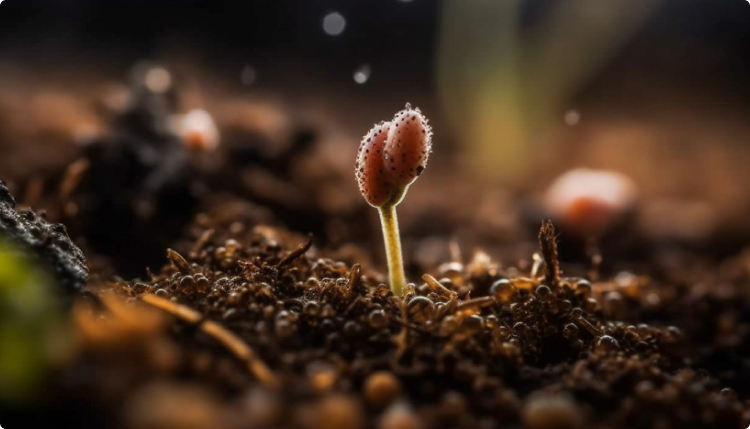Hi guys!
Starting a garden is exciting, but choosing the right location and preparing the soil properly can make all the difference between a thriving garden and struggling plants. Whether you’re growing vegetables, flowers, or a mix of both, getting these fundamentals right will set you up for success. In this blog we’ll talk about picking the best spot for your garden and improving your soil for healthy plants.
Step 1: Choosing the Best Location for Your Garden
Sunlight Matters
Most plants need about 6-8 hours of direct sunlight each day. If you can, watch your yard throughout the day to determine the sunniest spots. If you’re growing vegetables, aim for the maximum amount of sunlight possible.
Drainage & Soil Quality
Try to stay away from areas where water likes to pool after rain. Poor drainage can lead to root rot and other plant diseases. Instead, select a site with well-draining soil or just start making plans to improve the soil by using raised beds or containers.
Accessibility & Convenience
A garden should be easy to reach and maintain. Be careful not to make your raised beds to wide! Place it near a water source to simplify watering and close enough to your home so you can regularly tend to your plants.
Step 2: Testing and Improving Your Soil
How to Test Your Soil
Before planting, it’s important to understand your soil’s condition. Use a soil test kit to measure pH levels and nutrient content. Most vegetables and flowers prefer a soil pH between 6.0 and 7.0.
Improving Soil Quality
- Add Organic Matter: Mixing in compost, manure, or peat moss enriches the soil and boosts plant health.
- Improve Drainage: If your soil is compacted, loosen it by mixing in sand or compost – compost is best for most situations.
- Use Raised Beds: If your soil quality is poor, raised beds with fresh soil provide an excellent solution. Be sure to mix in some compost here too.
Step 3: Creating a Solid Foundation for Your Garden
Define Your Garden Space
Sketch out a simple design or use garden markers or water hoses to outline your planting area. Consider companion planting to maximize space and prevent pest issues naturally.
Prepare the Soil
- Remove Weeds and Debris – Clear out rocks, weeds, and old plant material.
- Turn the Soil – Use a shovel or garden fork to aerate the soil and break up clumps.
- Mix in Organic Matter – Compost and natural fertilizers provide nutrients for healthy plant growth.
- Level and Water – Evenly spread the soil and water lightly before planting.
Want to Learn More? Let’s Grow Together!
Gardening is a journey, and learning the best techniques can help you grow a lush, thriving garden faster. If you found this guide helpful, there’s so much more to explore:
Subscribe to my YouTube channel for in-depth gardening tutorials, step-by-step demonstrations, and advice. Click here to subscribe!
Follow me on social media for daily gardening tips, inspiration, and behind-the-scenes looks at my own garden. Join the community!
Take your skills to the next level with my comprehensive gardening course. Get everything you need to grow confidently, whether you have a backyard or a balcony. Check out the course!
By starting with the right location and soil, you’re already setting yourself up for success. Stay tuned for next month’s post, where we’ll cover the best beginner-friendly plants to grow! Happy gardening!

